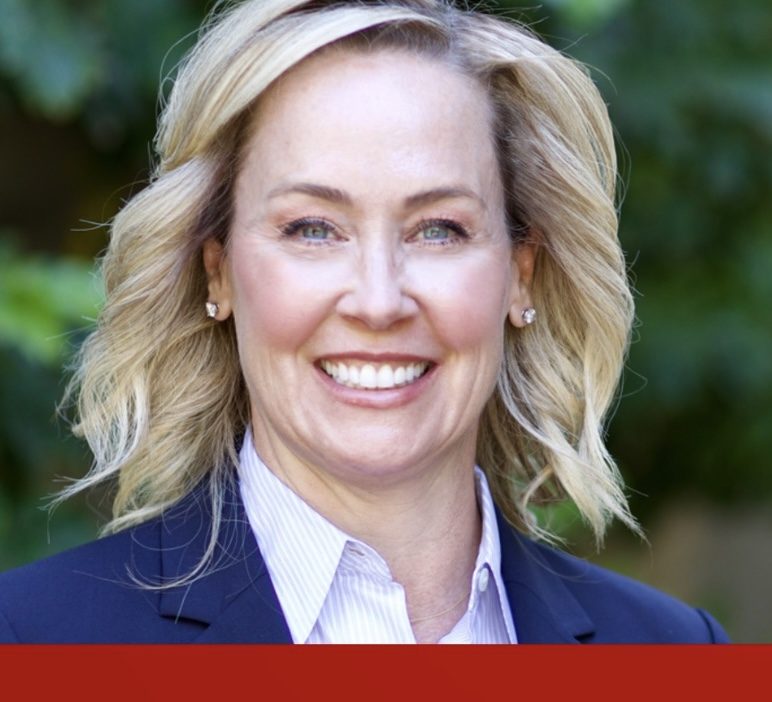The original story can be read here.
By
In California, if you want Medi-Cal coverage in the future, you need to be an illegal alien—NOT a citizen,
“In California, where about 15.2 million people are enrolled in its Medicaid program, known as Medi-Cal, up to 3 million could lose coverage because they no longer qualify or fail to reenroll, state officials forecast.
This month, the state is launching a massive media campaign via radio, social media, and billboards to alert Medi-Cal members that they must apply to renew their coverage this year. In coming months, the state will enlist federally funded navigators and other community health workers to help people update their contact information and ease the reenrollment process — or to shepherd them into new coverage, if their income exceeds Medicaid’s eligibility limits.
Under Newsom and the Democrats, almost every illegal alien, once they sneak into our State, become eligible for FREE health care. On the other hand, citizens have to pay for it. So, who does Newsom represent—citizens or people who violate our immigration laws?
Millions of Californians Are at Risk of Losing Medi-Cal Coverage

By Phil Galewitz and Angela Hart, California Healthline, 2/6/23
States are preparing to remove millions of people from Medicaid as protections put in place early in the covid-19 pandemic expire.
The upheaval, which begins in April, will put millions of low-income Americans at risk of losing health coverage, threatening their access to care and potentially exposing them to large medical bills.
In California, where about 15.2 million people are enrolled in its Medicaid program, known as Medi-Cal, up to 3 million could lose coverage because they no longer qualify or fail to reenroll, state officials forecast.
This month, the state is launching a massive media campaign via radio, social media, and billboards to alert Medi-Cal members that they must apply to renew their coverage this year. In coming months, the state will enlist federally funded navigators and other community health workers to help people update their contact information and ease the reenrollment process — or to shepherd them into new coverage, if their income exceeds Medicaid’s eligibility limits.
The outreach campaign is backed by $25 million in state funds, with material provided in 19 languages.
Still, state health officials worry that people may get left behind and that the state’s all-time low 7% uninsured rate could spike.
“We acknowledge that this is going to be a bumpy road,” California Health and Human Services Secretary Mark Ghaly said. Federal health insurance subsidies will help prevent people from falling through the cracks, he said.
Almost three years ago, as covid sent the national economy into free fall, the federal government agreed to send billions of dollars in extra Medicaid funding to states on the condition that they stop dropping people from their rolls.
But legislation enacted in December will be phasing out that money over the next year and calls for states to resume cutting off from Medicaid people who no longer qualify.
Now, states face steep challenges: making sure they don’t inadvertently disenroll people who are still entitled to Medicaid and connecting those who no longer qualify to other sources of coverage, such as subsidized health plans on the Affordable Care Act marketplaces.
Even before the pandemic, states struggled to stay in contact with Medicaid recipients, who in some cases lack a stable address or internet service, do not speak English, or don’t prioritize health insurance over more pressing needs.
Ordinarily, people move in and out of Medicaid all the time. States, which have significant flexibility in how they run their Medicaid programs, typically experience significant “churn” as people’s incomes change and they gain or lose eligibility.
The so-called unwinding will play out over more than a year.
The Biden administration has predicted that 15 million people — 17% of enrollees — will lose coverage through Medicaid or CHIP, the closely related Children’s Health Insurance Program, as the programs return to normal operations. While many of the 15 million will fall off because they no longer qualify, nearly half will be dropped for procedural reasons, such as failing to respond to requests for updated personal information, according to federal estimates.
Millions of people losing Medicaid coverage will be eligible for free or low-cost coverage through the ACA marketplaces, but choosing a plan is complicated. Unlike Medicaid, so-called Obamacare plans often include deductibles and copayments — though some people, depending on income, can get financial help to lower those expenses.
People who lose Medicaid coverage — in the more than 30 states covered by the federal marketplace — will have until July 31, 2024, to sign up for ACA coverage, CMS announced on Jan. 27. It’s unclear whether the state-based marketplaces will offer the same extended open-enrollment period.
California will move some people who lose Medicaid eligibility to a subsidized private plan on the state’s marketplace, Covered California. Enrollees will have to agree and pay a premium if they don’t qualify for a free plan. But for those who don’t qualify for a zero-premium private plan, the premium could be as low as $10 a month, said Jessica Altman, executive director of Covered California. (Altman’s father, Drew Altman, is president and CEO of KFF. KHN is an editorially independent program of KFF.)
“We want to make it easier to say yes to coverage,” Altman said.
The state will initially try to verify enrollees’ income automatically using data from government databases, such as from the Internal Revenue Service. During the yearlong unwinding, current enrollees could still qualify if the databases show their income is no more than 20% above the thresholds for Medi-Cal eligibility, said Tony Cava, a Department of Health Care Services spokesperson. For example, a California parent in a family of three would still qualify with an income of up to $41,168.
Medi-Cal members who aren’t renewed automatically will be sent a form requesting updated information, due within 60 days. People who do not complete the process will have their coverage terminated.
Medi-Cal members will have 90 days to appeal after being disenrolled.
Federal law bars states from disenrolling anyone solely because mail was returned as undeliverable until the state has made a “good faith effort” to contact the person another way, such as by phone or email.
The federal government recently expanded subsidies for some people buying coverage through Obamacare exchanges, and those could cushion the blow for people losing Medicaid in the unwinding.
States will give Medicaid recipients at least 60 days to respond to requests for information before dropping them, said Jack Rollins, director of federal policy at the National Association of Medicaid Directors.
States are enlisting Medicaid health plans, doctors, hospitals, state insurance marketplaces, and an assortment of nonprofit groups, including schools and churches, to reach out to people at risk of losing coverage. But even in states taking the boldest actions to keep people covered, Medicaid officials worry what the next year will bring.
“We have no illusion that this will be beautiful or graceful, but we will be doing everything we can not to lose anyone in the process,” said Dana Hittle, Oregon’s interim Medicaid director.
Oregon plans to allow children to stay on Medicaid until age 6 and to give everyone else up to two years of eligibility regardless of changes in income and without having to reapply. No other state provides more than one year of guaranteed eligibility.
Oregon is also creating a subsidized health plan that would cover anyone who no longer qualifies for Medicaid but has an annual income below 200% of the federal poverty level, which amounts to about $29,000 for an individual, state officials said. The program will have benefits similar to Medicaid’s at little or no cost to enrollees.
Rhode Island will automatically move people who are no longer eligible for Medicaid — and with annual incomes below 200% of the poverty rate — into an Obamacare plan and pay their first two months of premiums.
Nevada has developed a mobile app to communicate with members, but only 15,000 members have signed up so far. Nevada has about 900,000 members.
Altman said Covered California does not have estimates on how many people would transition out of Medi-Cal and onto the state Obamacare exchange, but she said California’s efforts will go far in helping the state reach its goal of universal health coverage.
“This is when we really need to be protective of the gains that we have made, and do everything we can to reach Californians to support them in navigating our health care system,” she said.
KHN correspondents Daniel Chang in Florida and Katheryn Houghton in Montana contributed to this report.
This story was produced by KHN (Kaiser Health News), a national newsroom that produces in-depth journalism about health issues. Together with Policy Analysis and Polling, KHN is one of the three major operating programs at KFF (Kaiser Family Foundation). KFF is an endowed nonprofit organization providing information on health issues to the nation.
The original story can be read here.




